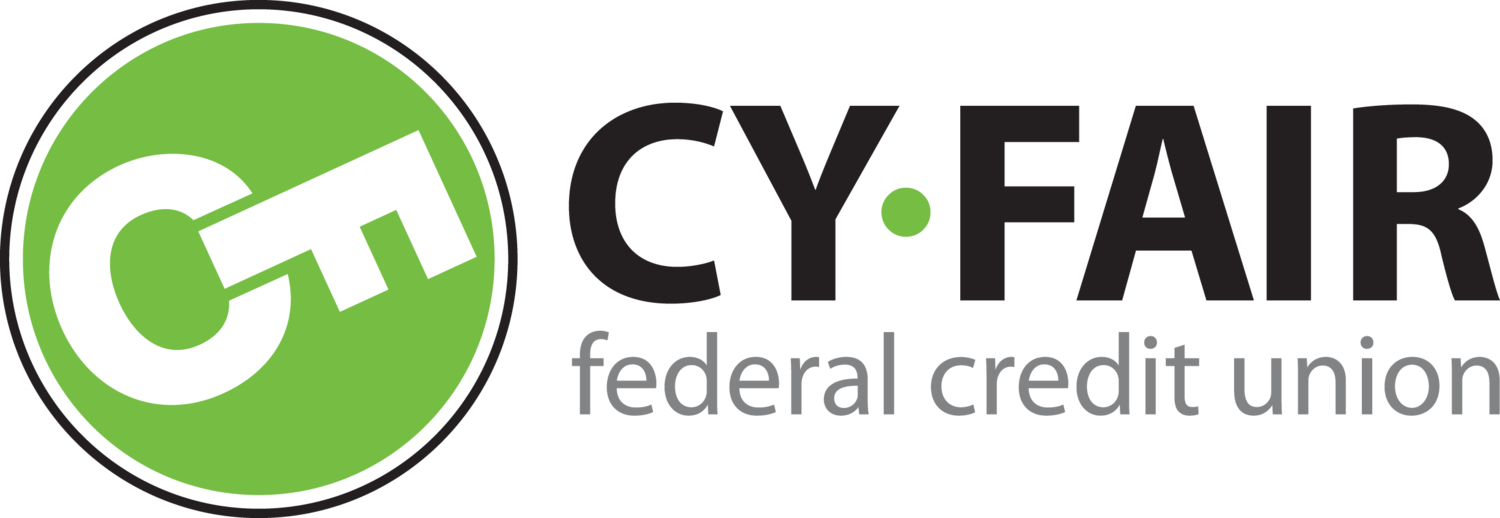Can You Afford No or Low Down Payment?
With today's high home prices, many first-time buyers simply can't scrape together a down payment. Starter homes in many markets may cost what upscale homes were selling for just a decade ago. A 5% down payment on a $300,000 home would be $15,000, while even a down payment as low as 3% would require $9,000. Many first-time buyers don't have that kind of savings. What some do have, however, is a good income and an excellent credit record. And their budget has room for a monthly mortgage payment, which may be only a little more than the rent they're currently paying. Such buyers are strong candidates for no or low-down-payment mortgages.
When you pay little or nothing down, you increase your monthly mortgage payment because you're borrowing more money. Also, you'll pay a monthly private mortgage insurance (PMI) premium, which is folded into your house payment. The purpose of PMI is to protect the lender against the increased risk of losses when buyers pay less than 20% down, although some loan programs forgo PMI.
The higher monthly payment is the first factor to weigh. Consider, too, that your payment may go even higher in the future. Some no or low-down-payment mortgages have a fixed interest rate, but often these products come with an adjustable rate. If the rate changes in a year or two, "you may be in for a big shock. To avoid that, be sure you understand when your rate could go up and by how much. Find out exactly what that rate hike will increase your monthly payment and ask yourself if you can afford it. You can test this by putting away that amount of money equal to the higher payment every month, minus the rent you're now paying. If you can live like that, then you're ready to do this. If not, you need to save more money for a down payment to make the mortgage amount lower. That also may enable you to qualify for a fixed-rate mortgage.
Buyers who purchase a home with little or no money down assume that if the mortgage payment climbs beyond what they can afford, they'll just sell the house, recoup the costs, and end up back where they started. But being able to sell the home without losing money is not a sure thing. There’s no guarantee that you'll be able to sell your house and get enough for it to cover all the costs of the mortgage, plus your broker’s commission for selling the house. In fact, all those costs could total more than what you could get for selling your house, and you'd have to make up the difference.
Adding to the possible pitfalls is the fact that no- or low-down-payment options sometimes are combined with other mortgage features. For instance, an interest-only mortgage requires the borrower to pay interest only in the early years, thus paying nothing toward the principal and building no equity. With a minimum-payment mortgage, the payment is set low in the early years. But if that payment is so low that it doesn't even cover interest, the loan balance grows during those years. This is known as negative amortization.
If you’d like to know more about mortgages, contact us to get in touch with a Member Home Loan representative who can review your situation and help you decide on the best mortgage product for you.

